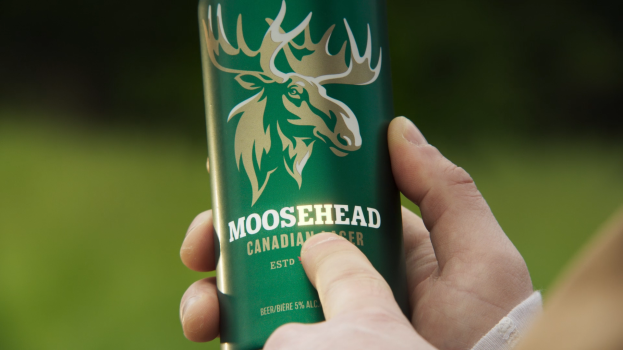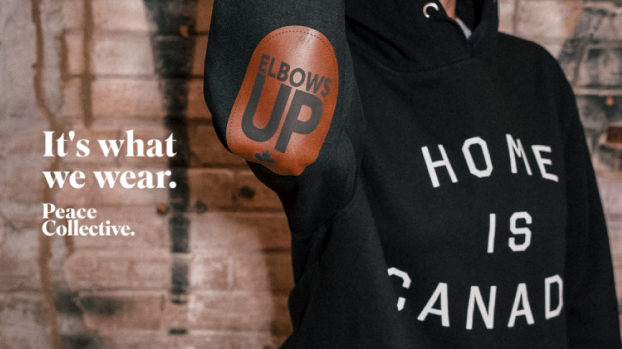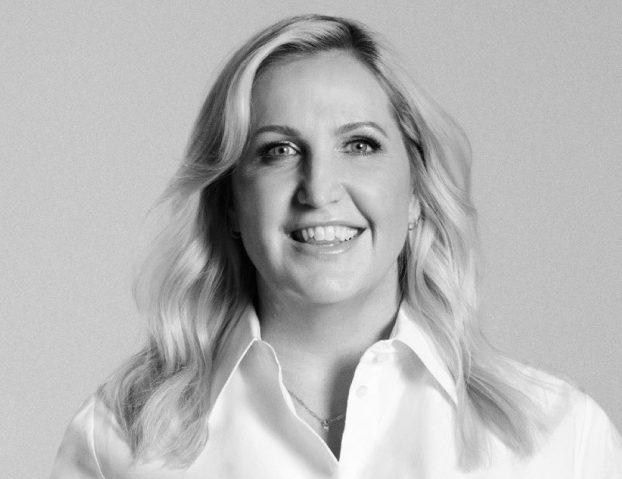By Jack Bensimon
A smart man once told me, “context is 90% of everything.”
There’s no denying the dawn of the Trump era has already changed the context of many, many things. And it’s likely to continue doing so.
At the moment, the biggest changes being felt are a general apprehension bordering on fear. Worldwide. Just check your newsfeeds and try to remember how different they were two weeks, two months and two years ago. The apprehension may subside, or grow, or morph into something else. The point is, Trump’s actions are generating serious and unpredictable outcomes. And early indications are that he will continue to govern this way.
In these newsfeeds, and into this emerging context more generally, we place all our brand communication. And this is why we need to pay attention to the emerging context. Think about the deluge of information the events of the past two weeks have delivered. And think about the way your own behaviour has been affected.
Are you edgier? Are you shorter-tempered with people? Are you less optimistic in general?
Some may answer yes. Some may not be feeling any different. But if enough of the population is experiencing mood shifts, advertising needs to be cognizant of that. We need research to measure this and verify any emerging hypotheses. No doubt, many in our industry will be studying it.
But this shift in context is happening faster and more chaotically than we are used to. We’ve been at this long enough to know, generally, how brands should communicate in a recession. Or during a recovery. During a period of national pride, like the Olympics. During a period of solemn reflection, after a disaster or catastrophe.
At this moment, however, we do not have a playbook to help guide us. Too much is changing, too quickly. And some brands – and some messages – will inevitably misfire.
The Super Bowl may be the first litmus test. Conveniently, it serves as an annual focal point for current and emerging advertising themes, simultaneously reflecting and creating the zeitgeist. And yet, much of the Super Bowl content was developed pre-election. Will the ads feel like relics from a bygone era? Quite possibly. Already, the usual pre-Super Bowl ad buzz feels muted. In past years, quasi-political statements have tugged at heartstrings and poked fun at the process. Will similar efforts feel more divisive today? Will some ads feel insensitive? Will humour prove a welcome respite, or appear out of touch with the zeitgeist? And will a brand that stands up for threatened values become an immediate icon of responsible opposition, or be boycotted as a result?
This is extremely tricky territory for brands to navigate. The risk of misfiring is greater than ever, so our attention to context must be higher than ever. We need to think hard about the tonality of our work. The placement of our work. And the messages themselves. In social media, there is a premium on real time placement – with all the normal risk that entails. In this new context, marketers must re-examine the risk/reward of everything.
Now is the time to strive for the right tone. Yes, the process of calibrating tone and manner is an ongoing one, and distinct for each brand. And it’s not something one person can decide. Clients and agencies will arrive at it collectively and collaboratively.
But it’s essential, at this particular moment in time, to begin giving it as much thought as possible.
 Jack Bensimon is president and founding partner of Bensimon Byrne.
Jack Bensimon is president and founding partner of Bensimon Byrne.
























